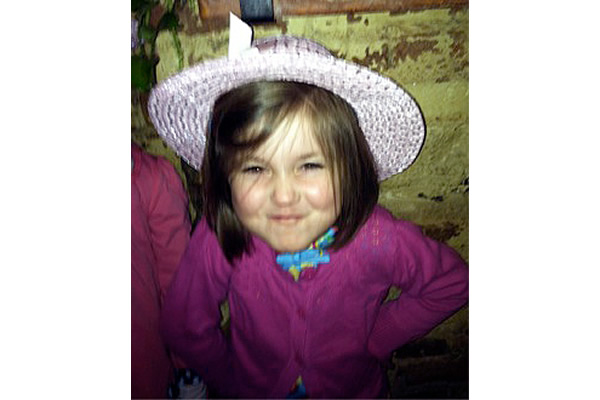
It’s common for parents to worry about how to help their young children learn to write, even as they get older. From not knowing at what age to start to the best teaching aids to use and letters to start with, it can be overwhelming. Here, we’ll go over the most common mistakes made when teaching kids to write, so that you can avoid them and be more helpful instead.
- Rushing Them Before They’re Ready
You don’t want to wait forever, of course, but you also don’t want to push them with too much, too quickly. When children are young, they need to spend a lot of time first trying out different tools like markers, crayons, scissors, and glue before getting into writing. Don’t worry about rushing into writing right away; let them get comfortable with writing implements beforehand. Try scented markers and see how popular they are with your child!
You should definitely talk about letters and do things like a letter of the week, or tracing a letter with your finger when reading bedtime stories, but it’s fine to wait a bit before getting into writing.
- Forgetting About Motor Skills
Similarly to the first step, it’s not all about holding a pencil and forming letters; you also want to focus first on developing fine motor skills in fun and playful ways. Think about games like using a single hole punch, arts and crafts with glue and scissors, making a Cheerios necklace, and more. These will come in handy later when writing letters with a pencil, but you don’t want to skip this basic and fun step!
- Starting Them on Worksheets Too Soon
When your kids are young, they don’t need to be doing writing worksheets, these can come later. Instead of traditional writing worksheets, think about other surfaces that they can have fun writing on, and change up the writing materials. These can be anything from small dry erase boards with markers, writing in sand or with chalk on pavement, and more. Think outside the box and don’t hesitate to try different things before they get into more serious writing exercises.
- Teaching the Alphabet in Order
According to Pamela D. Harrison, a well-respected tutor at Student Writing Services and Write my paper, “this is a very common mistake, and it’s easy to see why. The truth is you don’t actually want to teach the alphabet in order to your child, and many childhood educators agree. Instead, start by teaching only uppercase letters, because they’re easier, and start with something simple that your child will love, like their name.”
Then, you want to teach letters in order of easiest to hardest so they’re not getting frustrated or disappointed. Usually, kids that learn how to write uppercase letters in this way will then be able to learn lowercase letters in any order, but you can also take a more structured method. You should start with the letters that have straight lines, and then go into the letters that have slanted lines, and finish it off with letters that have curved or rounded lines or a mix of curved and straight lines.
Not Using the Right Tools
In today’s electronic age, parents and educators should also be informing kids of the online resources that are out there for them to use. There are many great tools out there to help them write as they get older and they should be familiar with using them in older grades. The top tools that we recommend are the following:
- Study demic and Resumention are the main sources of inspiration for online writing guides and the first place you should go before writing.
- UK Top Writers and Best Australian Writers are the websites you want to be consulting for in-depth editing of your work once you’ve finished writing.
- Academ advisor and Best British Essays are two websites that will check your grammar for sneaky typos and spelling mistakes.
- For a second proofreading opinion to make sure you haven’t missed anything, go to Top Canadian Writers, as they come well-reviewed by Huffington Post.
Not Respecting the Right Letter Formation
You want to make sure that your child is writing the letters in the right formation. Start with a simple block style that children should have no problem with, and make sure you emphasize the importance of starting at the top when they’re forming their letters.
It may seem easier than you think to teach a child to write but there’s a lot you need to keep in mind so you’re not creating bad habits or confusing them early on. It’s normal to make mistakes, especially when it’s our first time doing something new, but by knowing these 6 common mistakes, it will be easier to avoid them and prepare your child for writing in the best way possible.
Ellie Coverdale is a tutor and editor at Ox Essaysand UK Services Reviews. She writes blogs to help educators and parents make better decisions with their children’s learning path, and she enjoys sharing her insights with her readers. You can also find her teaching at Write My Australia.



